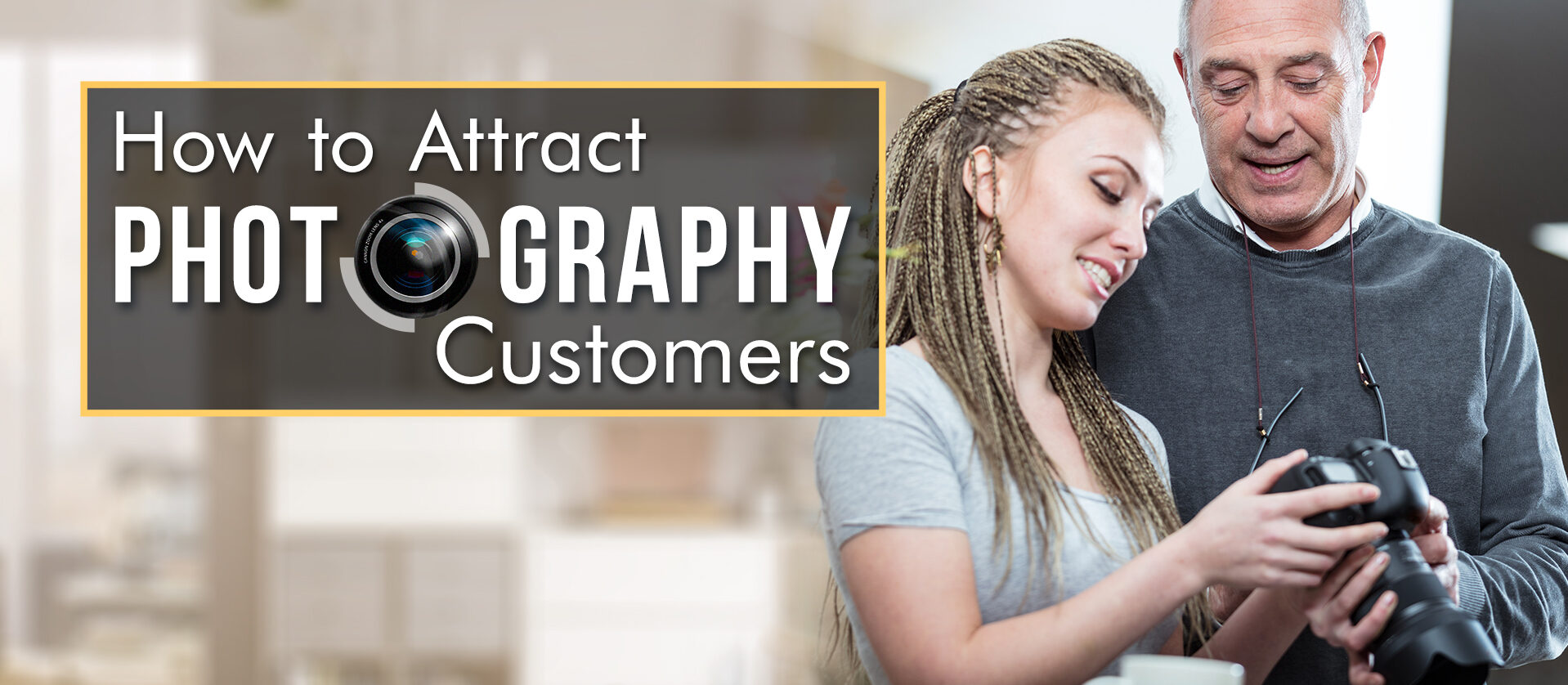
How do you come up with visually appealing photos? Do you need to have an expensive camera or any other special equipment to do it? Well, to be brutally honest about it, even the best equipment won’t be able to help you if you don’t use the proper lighting and composition techniques. There is simply no other way around it. You have to follow these guidelines to come up with photos you can be proud of.
Aside from religiously applying the Rule of Thirds and other such equally important composition techniques, the viewpoint or the camera angle from which you are shooting your subject also determines whether a photo will turn out to be good or bad, and dull or interesting. Using the most appropriate viewpoint to frame your subject can definitely add dimension, substance, drama and excitement to your images.
You can easily change the perspective by which a particular subject is viewed by merely changing your viewpoint or camera angle. We are used to seeing things at eye level so merely changing the angle by which we look at them can have a significant effect on the composition of the resulting photo.
There are three viewpoints that you can use in shooting your subject – eye level viewpoint, low viewpoint and high viewpoint. What makes each one different from the others and when should you use them? Let’s take a closer look.
Eye-Level Viewpoint
This particular viewpoint is usually made from a height of 5.5 feet and is the most common view we are all accustomed to. Such viewpoint is best used in taking portraits.
Low Viewpoint
If you want to start by framing your subject and their strength and dominance or if you want to add emphasis and drama to your shots, you may want to consider using low viewpoint and low camera angle. This calls for shooting with your camera angle below your main subject and angling your camera upward. This particular viewpoint is also useful for defining a distinct separation between the subject and its background and for emphasizing the speed and size of your main point of interest.
High Viewpoint
By using this particular viewpoint, complex scenes are put into order since the relationships of all the elements within the frame becomes more clearly defined.
Knowing these things, you can start experimenting with different viewpoints to see what you can come up with. Have fun experimenting with your viewpoint and camera angles!
…all the best,
Ray Baker

